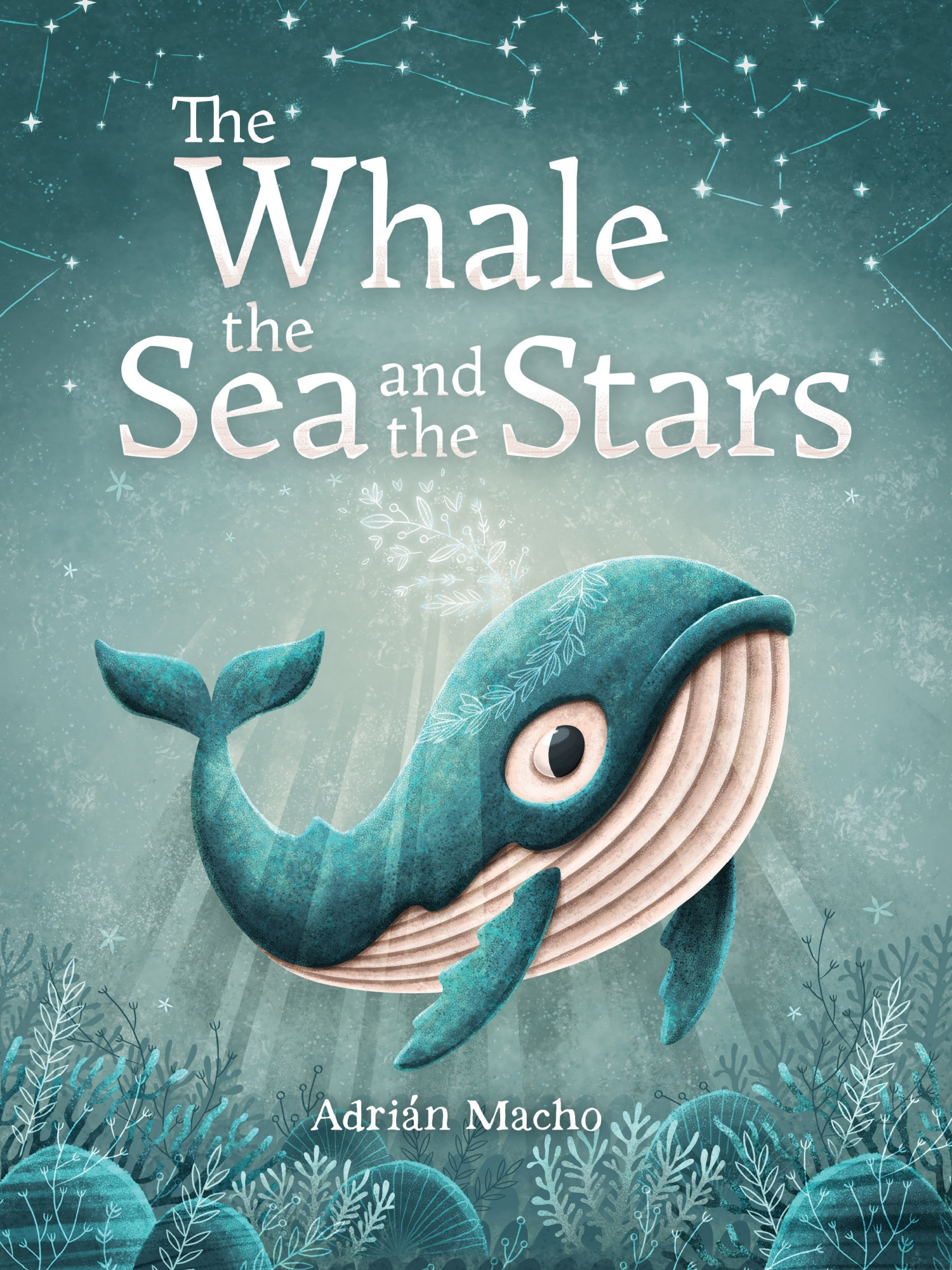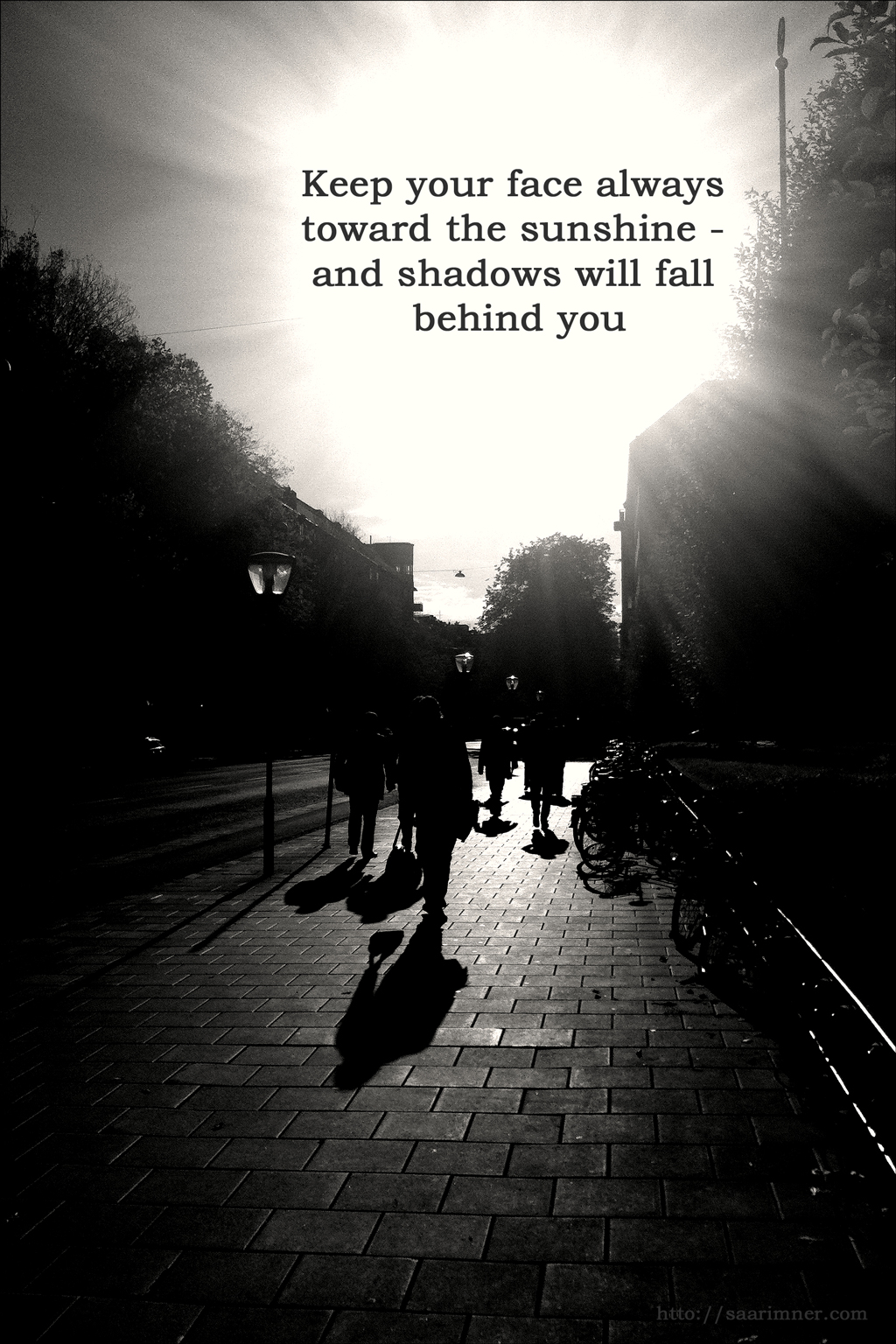
This list encompasses the bulk of the entities that fall under the very broad heading of Shadow People.

And I’m going to argue that we change lives precisely because we force open that too-small box that most human beings think they live in. We’re the bran muffin of journalism.īut you know what? We change lives. We’re seen as being global, fair, insightful, and perhaps a bit too earnest. If you were to come up with a punchline to a joke about the Monitor, that would probably be it. Sometimes, we call things ‘boring’ simply because they lie outside the box we are currently in.” My work in Kenya, for example, was heavily influenced by a Christian Science Monitor article I had forced myself to read 10 years earlier.

“Many things that end up” being meaningful, writes social scientist Joseph Grenny, “have come from conference workshops, articles, or online videos that began as a chore and ended with an insight.

But to interpret the feature, they needed more data.Ībout a year ago, I happened upon this statement about the Monitor in the Harvard Business Review – under the charming heading of “do things that don’t interest you”:

Under observation for well over a decade, astronomers first noticed the shadow, or " brightness asymmetry" in 2005, according to a Hubble press release. Debes’s team had another trick up their sleeves. The problem is, even Hubble’s mighty eye can’t see what’s going on inside.įortunately, Dr. Such structures often circle young stars, eventually clumping together to form planets under the influence of gravity. TW Hydra is ringed by a disk made of dust and gas, known as a protoplanetary disk. But the newfound planet, located in the in the TW Hydrae stellar system some 192 light-years from Earth in the constellation Hydra, was different. Too close to detect with standard techniques, the shy planet revealed itself in shadows cast on the outer parts of the disk, a method which may prove useful for discovering further planets in other systems.ĭim planets are notoriously hard to see next to bright parent stars, so astronomers have a bag of tricks such as looking for stars that appear to wobble or dim as planets orbit around them. One particular shadow observed by the Hubble Space telescope, may actually be indirect evidence of a Jupiter-sized planet orbiting inside the dust disk revolving around a young star, according to a team of astronomers led by John Debes of at NASA's Space Telescope Science Institute (STScI) in Baltimore, Md. Sometimes shadows can mean much more than just the absence of light.


 0 kommentar(er)
0 kommentar(er)
